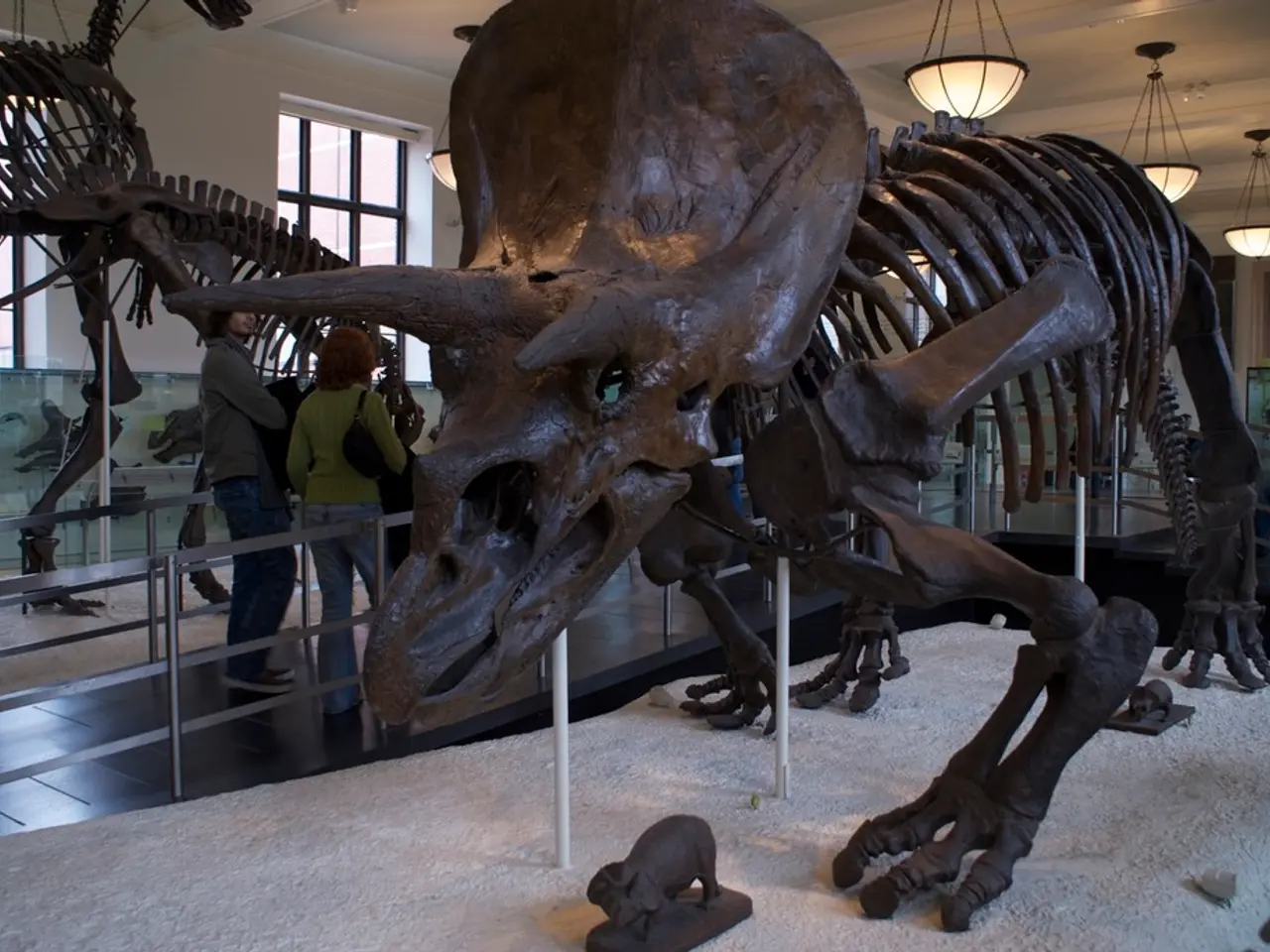Global Journey of Conservation: A two-year expedition, inspired by Darwin, instills optimism for wildlife preservation worldwide
The three-masted vessel, the Oosterschelde, has completed a two-year around-the-world ocean voyage, inspired by the legendary journey of Charles Darwin aboard the HMS Beagle. Aboard the Oosterschelde were 100 young conservationists aged 18 to 25, known as "Darwin Leaders," who studied various species that were also observed by Darwin during his 1831 voyage.
The expedition retraced Darwin’s path closely, aiming to assess ecological and environmental changes since Darwin’s time. While the sources do not provide an exhaustive list of all species studied, the focus was on species Darwin observed, allowing comparisons over almost two centuries. The young scientists documented changes linked to climate change and environmental pressures, using Darwin’s observations as a baseline.
Among the species studied were giant tortoises, as well as other endemic species from the regions visited, such as the Falkland Islands, southern Africa, South America, and Australia. The conservationists brought home a warning on the environmental challenges facing these regions today, but also a hopeful message because of the active role young scientists are taking.
The voyage combined scientific research with education and conservation efforts, inspiring hope and awareness among a new generation of environmental leaders. Upon its arrival in Rotterdam, the Oosterschelde was ceremoniously escorted by over a dozen vessels.
Rolf Schreuder, who ran over 100 local projects during the trip with people seeking to preserve their landscapes, suggested that Darwin would have hopped on the boat again and done another tour if he were alive today. Schreuder believes that Darwin, the inspiration behind the mission, would have been enthused by the young people taking care of the natural world.
Daan van Roosmalen, a crew member who set sail on the Oosterschelde at 17 and returned at 19, shares this sentiment. He hopes the round-the-world voyage completed by young scientists and crew will inspire his generation to care for the world. Van Roosmalen believes more people should be inspired by the young conservationists' efforts to care for the planet.
A sobering fact emerged during the voyage: only roughly 4% of the forest that Darwin would have seen from the Beagle is still alive today, according to one of the young conservationists. This underscores the urgent need for conservation efforts and the importance of the work being done by the Darwin Leaders.
The Oosterschelde's voyage aimed to inspire a new generation with the message: "Conservation isn't about what we've lost, it's about protecting what we still have." The mission highlighted that climate change has significantly impacted various ecosystems and species, but the overall framing emphasized long-term environmental shifts since Darwin’s time and the hope that young scientists are taking an active role in preserving the planet.
- The young scientists aboard the Oosterschelde, during their study of species observed by Darwin, made comparisons over almost two centuries, focusing on topics like climate change and environmental pressures as part of their environmental science education and self-development.
- As the Oosterschelde's voyage combined scientific research with education and conservation efforts, it fostered hope and awareness in a new generation of environmental leaders, inspiring personal growth for its participants and encouraging others to learn from the active role young scientists are taking in preserving the planet.
- The young conservationists received a sobering reminder of the urgency needed for conservation efforts as they discovered that only about 4% of the forest Darwin would have seen during his voyage remains today, emphasizing the importance of ongoing commitment to environmental science and learning.




